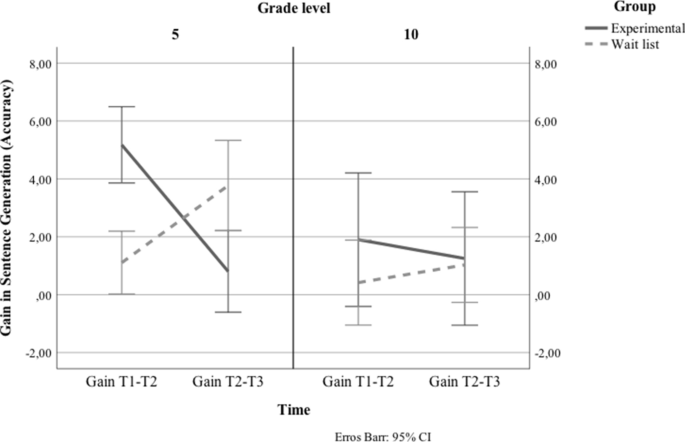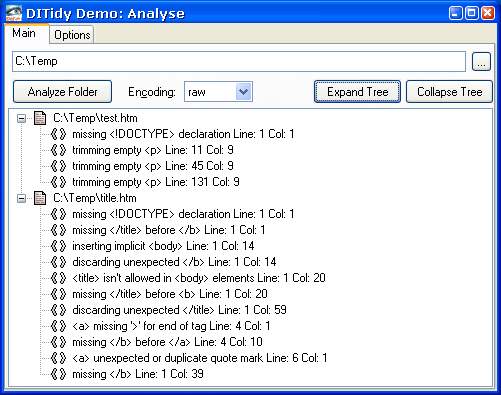- Is The Wold Sentence Copying Test Standardized Test
- Is The Wold Sentence Copying Test Standardized Tests
- Scoring The Wold Sentence Copying Test
- Is The Wold Sentence Copying Test Standardized Free
- Is The Wold Sentence Copying Test Standardized Testing
- Fine Motor-Pegboard Test 95 WOLD Sentence Copying The WOLD is a timed test that evaluates rate of writing. Students are instructed to rapidly and accurately copying a lengthy sentence with 110 characters.
- The Wold Sentence Copy Test (Wold) is a standardized visual motor test, that was de- signed to be used as a screening device for teachers, according to the author. It is eas-ily administered in a Page 14/25.
The following tests may be given to your child to obtain information to help further assess their skills and improve functional performance in their daily lives.
Total point scores are compared to age expecteds printed on the test booklet. Wold Sentence Copy Test: tests a mixed bag of motor visual perceptual skills along with cognitive skills. Administration: i. The child is asked to copy a sentence presented on the paper: Four men and a jolly boy came out of. Nov 16, 2013 - Good scoring template for the Wold Sentence Copying Test (best for grades 1-5 but could be used up to grade 8).
The Print Tool
Would you like more information on how you may help your own child with their handwriting?
The Print Tool is a completed printing assessment for students age six and older. It not only pinpoints exactly where a child is having difficulty with is/her handwriting, but then suggests a remediation plan. The Print Tool is comprehensive and is appropriate for students using any curriculum. This assessment may take approximately 20 mins. to administer and the scores for specific skills show student strengths and needs. The Print Tool assesses eight handwriting components for printed capitals, lowercase letters and numbers.
- Memory - Remembering and writing dictated letters and numbers
- Orientation - Facing letters and numbers in the correct position
- Placement - Putting letters and numbers on the baseline
- Size - How big or small a child chooses to write
- Start - Where each letter or number begins
- Sequence - Order and stroke directions of the letters or number parts
- Control - Neatness and proportion of letters and numbers
- Spacing - Amount of space between letters in words, and between words in sentences
********************************
Bruininks-Oseretsky Test of Motor Proficiency, Second Edition (BOT-2)
This test has several subtests . The subtest of Fine Motor Precision consists of activities that require precise control of finger and hand movements such as drawing, cutting and folding of paper. The subtest Fine Motor Integration looks at the student's ability to look at a design, analyze it and copy the design. Subtest three, Manual Dexterity, is a timed test that involves reaching grasping and bimanual coordination of small objects.
This test may be used with ages 4-21.11 years.
Call for fee information.
*******************************
The Berry-Buktenica Developmental Test of Visual-Motor Integration (Beery VMI)
The purpose of the VMI is to help identify significant difficulties that some children have in integrating, or coordinating, their visual perceptual and motor abilities. Visual motor integration skills are needed when learning how to write in cursive and to draw or illustrate pictures.
This test may be used with ages 2 to 18.11 years.
Call for fee information.
*****************************
Wold Sentence Copying Test
This test measures the speed of printing equivalent to grade levels.
Int is appropriate for grades 2 though 8th.
Call for fee information.
*****************************
Motor-Free Visual Perception Test
This visual perception test avoids any motor involvement. It focuses on five perceptual areas: spatial relationships, visual discrimination, figure-ground, visual closure and visual memory.
It is appropriate for ages 4-17 years.
Call for fee information.
*******************************


Subtitle
Is The Wold Sentence Copying Test Standardized Test
This blog post earned its author a $500 Travel Grant for the COVD 2018 Annual Meeting! Students and residents–the application period for 2019 is open thru November 30th, 2018!Apply now and see your COVD Family in Kansas City next April 9-13!
by Dr. Alison Zhou (MCPHS ’18)
Is The Wold Sentence Copying Test Standardized Tests
Blurry vision, diplopia, headaches, words running together while reading, and difficulty copying from the board; these are just a few common symptoms of someone with a visual system dysfunction, especially in children. This is why it is so important for children as early as 6 months to be seen by optometrists who can detect and treat these vision problems. At a young age, their visual system is much more adaptable and treatable which prevents visual complications in the future that may affect their education or lifestyle.
Dr. W. C. Maples, a reputable leader in the optometric profession, conducted a study titled Visual factors that significantly impact academic performance, which looked how a child’s visual system can affect their academic performance. The Iowa Tests of Basic Skills (ITBS) was the standardized test chosen for this study and it evaluated students from first to third grade to take the test based on their academic level. It consists of 21 subcategories such as language, mathematical concepts, and reading. Popular belief originally suggested that race and socio-economic statuses were the best predictors of a child’s academic performance, where the latter related to a lower academic performance. From this study, Dr. Maples found that race and socio-economic statuses were ranked seventh and eighth, respectively, as best predictors of academic success in ITBS. So what were the best predictors?
A child’s visual component played a larger role in assessing one’s academic performances. Visual motor skills, commonly known as eye-hand coordination, include many day-to-day activities for children such as writing, coloring and catching a ball. When the visual and motor systems are working together as a team, it makes a task much simpler to complete.
The following are a couple examples of tests that optometrists can have a child perform in office to determine if there’s a visual motor deficit:
- The Wold Sentence Copy is a visual motor test where a sentence is copied as quickly and accurately as possible. During the task, the optometrist pays close attention to the child’s posture, spacing, number of fixations and level of concentration.
- Visual Motor Integration Test is a test that consists of a series of 24 symbols where the patient is asked to reproduce the next sequential symbol. The test begins with lines and progresses in difficulty to geometric shapes. In order to successfully complete this task, the patient must be able to discriminate objects based on their individual characteristics, which becomes important in understanding mathematics in the future.
In the study, an optometrist periodically performed a number of visual tests in addition to the ones mentioned above over a period of three years on children from first to third grade. The results indicated that both The Wold Sentence Copy and Visual Motor Integration Test provided the biggest indicator in academic performance.
Standardized tests were implemented to allow schools to recognize their strengths and weaknesses in its academic system. This research provides strong evidence for teachers and parents to more critically consider the impact of a deficient visual component in children who perform poorly on tests and in class in addition to intelligence, race, or socio-economic status. It further emphasizes the importance of yearly comprehensive eye exams with an optometrist to detect for any visual complication that a child may have and to begin treatment early so they can perform and learn at their highest potential.
Scoring The Wold Sentence Copying Test
In most cases, visual deficits can be treated through a pair of glasses, contact lenses and even vision therapy. Vision therapy can simply be thought of physiotherapy for your eyes. It includes a set of structured activities designed by an optometrist who incorporates visual and mind-body organization to allow patients to use their visual system more effectively.
Is The Wold Sentence Copying Test Standardized Free

Learn more about Dr. W.C. Maples, OD, MS
Dr. W. C. Maples is a COVD fellow who has made an extraordinary impact to optometry through visual development and vision therapy. In 2000, Dr. W.C. Maples was presented with the prestigious A.M. Skeffington Award for his contribution to behavioral vision specializing in children’s vision and vision therapy and has inspired many optometrists to pursue research in this field of study. His dedication and research led him to become a professor at the Northeastern State University- Oklahoma College of Optometry for over 25 years where he developed the vision therapy protocol for the school clinic. He was the co-founder of the NSUCOOculomotor Test used to grade a patient’s ability, accuracy and degree of head movement in performing a task, which is widely used today both in practice and numerous research papers. He is not only a great mentor and leader to the optometric profession through serving on various optometric associations but provides great resources for optometrists to use when educating patients.